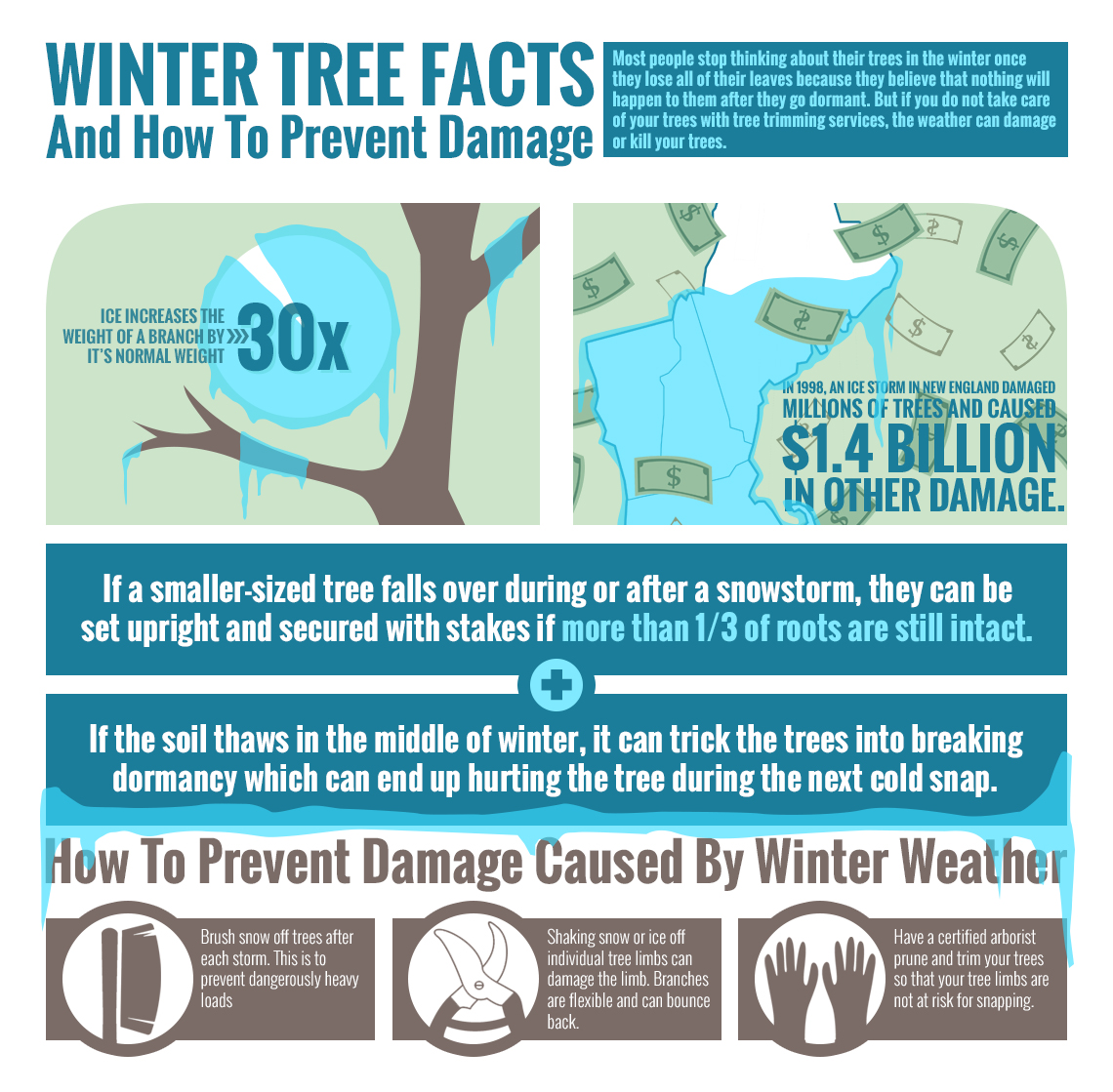Securing Your Landscape: Replanting After Tree Elimination
Securing Your Landscape: Replanting After Tree Elimination
Blog Article
Material Written By-Goldstein Upton
Tree elimination can leave a gap in your landscape that requires filling. You can plant something new in that area, but it takes extra treatment and focus at the beginning to aid it thrive.
The dirt in that location will certainly keep changing gradually as microbes break down the old roots. That can affect the nutrition equilibrium and physical space for brand-new growth.
just click the next document in a story where a tree has been removed is most likely to be extremely various from the rest of your yard or yard. The roots of the old tree and the stump will certainly have transformed the soil, eliminating some nutrients and possibly crowding out other plants. Additionally, if the previous tree was infected, the contagious representative may still be in the ground.
The presence of roots promotes a rich and varied area of soil microbes that improves essential procedures like nutrition biking and raw material decay. Without these bacteria, the displaced dirt can become less abundant and nutrient-depleted, with an unfavorable effect on plant development.
Prior to replanting, the soil must be eliminated of particles and natural material (such as timber chips from stump grinding). You might want to mix in potting soil or indigenous dust with this compost to supply your new planting with an environment that is well balanced and packed with nutrients.
Water
Tree roots soak up huge quantities of water from the dirt. This procedure additionally adds nutrients back to the soil, particularly nitrogen, which is vital for brand-new trees and plants. Sadly, old soil can be diminished of these crucial minerals due to the rotting roots and stump from an eliminated tree.
This is why it is essential to have a prepare for the future of your landscape. Ideally, the best time to plant is when you have a fresh start.
Whether you're growing lawn or flowers, make certain to utilize a soaker pipe to prevent overwatering your new landscaping. If the area was a garden, ensure to cover the soil with natural mulch to aid maintain moisture in the dirt, control dirt temperatures and subdue weeds. This additionally supplies a layer of security for young plants and advertises worm activity. After that, routinely renew the compost to proceed enhancing the soil nutrient density and microbial life. This is known as soil restoration.
Light
Trees are an excellent addition to any kind of landscape, supplying color, aesthetic pulchritude, and lots of various other advantages. Nevertheless, sometimes trees end up being unpleasant due to a selection of reasons, consisting of disease, bug infestations and all-natural aging.
In such situations, it may be needed to remove a tree. It is very important to think about the worth of a specific tree in your landscape design and take the correct actions to ensure that the removal is done securely and efficiently.
During the late summer season, it's an excellent time to execute upkeep and examinations on existing trees. Try to find signs of disease, insect problems, or architectural damage, along with any kind of possible risks such as weakened or leaning trees.
Prior to starting any building tasks, make certain to shield the root zones of existing trees by preventing soil compaction and rating around them. Raw material, as it breaks down, can produce noxious gases that are harmful to the origins of a tree. It's additionally an excellent concept to mulch the location around a tree after construction has ended up to save wetness and reduce weed development.
Temperature
Trees are very important to a landscape for their aesthetic appeal, however they additionally play an important function in the local ecological community by providing color and windbreaks. They support wildlife environments and minimize the amount of carbon dioxide airborne, which can contribute to international warming. This is why it is advisable to replant trees after getting rid of one from the residential or commercial property.
When replanting a new tree in the area of a previous stump, the dirt might not have adequate nutrients to support it. It is best to wait on a year before planting to ensure that the soil will certainly be rich in nutrients.
To guarantee that replanted trees thrive, it is vital to provide them with appropriate care. A layer of compost will keep soil dampness from evaporating, manage dirt temperature level, and help suppress weeds. Organic mulch is the recommended selection due to the fact that it improves soil fertility. Recurring fertilization and parasite control are additionally important for replanted trees.